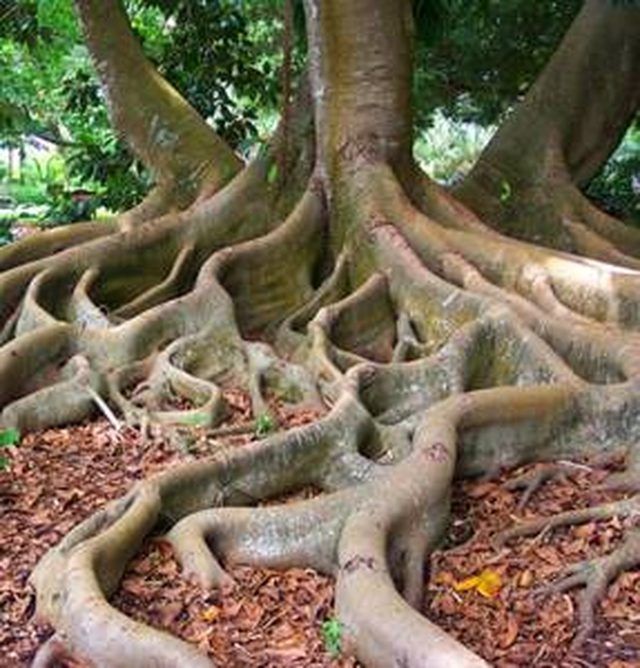Bulbs
Flower Basics
Flower Beds & Specialty Gardens
Flower Garden
Garden Furniture
Garden Gnomes
Garden Seeds
Garden Sheds
Garden Statues
Garden Tools & Supplies
Gardening Basics
Green & Organic
Groundcovers & Vines
Growing Annuals
Growing Basil
Growing Beans
Growing Berries
Growing Blueberries
Growing Cactus
Growing Corn
Growing Cotton
Growing Edibles
Growing Flowers
Growing Garlic
Growing Grapes
Growing Grass
Growing Herbs
Growing Jasmine
Growing Mint
Growing Mushrooms
Orchids
Growing Peanuts
Growing Perennials
Growing Plants
Growing Rosemary
Growing Roses
Growing Strawberries
Growing Sunflowers
Growing Thyme
Growing Tomatoes
Growing Tulips
Growing Vegetables
Herb Basics
Herb Garden
Indoor Growing
Landscaping Basics
Landscaping Patios
Landscaping Plants
Landscaping Shrubs
Landscaping Trees
Landscaping Walks & Pathways
Lawn Basics
Lawn Maintenance
Lawn Mowers
Lawn Ornaments
Lawn Planting
Lawn Tools
Outdoor Growing
Overall Landscape Planning
Pests, Weeds & Problems
Plant Basics
Rock Garden
Rose Garden
Shrubs
Soil
Specialty Gardens
Trees
Vegetable Garden
Yard Maintenance
About Tree Roots
About Tree Roots. Some trees have long tap roots that grow vertically down into the soil, but there are also trees with roots that grow horizontally in the soil. Although you usually cannot see the tree root system, it still exists and has a purpose. The heavy, woody roots of trees can sometimes be seen when the soil has eroded, but there are also...

Some trees have long tap roots that grow vertically down into the soil, but there are also trees with roots that grow horizontally in the soil. Although you usually cannot see the tree root system, it still exists and has a purpose. The heavy, woody roots of trees can sometimes be seen when the soil has eroded, but there are also hair-like roots underneath the soil that also help ground the tree and filter in nutrients.
Function
A tree's roots serve to anchor the trunk and branches of the tree. This enables the tree to have a firm base so it can grow upwards toward the sunlight. The roots also soak up water and nutrients in the soil to help feed the tree and keep it alive. A tree's roots are powerful and competitive, which is why it can be challenging to grow grass and other plants underneath a tree. During the wintertime, tree roots become dormant and provide the tree with minimal food and water until spring returns.
Features
Because trees have many roots, the roots are usually not all active at the same time. The roots above the soil are large, woody structures that branch out from the base of the tree's branch. The larger roots either grow straight down or out horizontally from the tree. Most trees have roots that span out horizontally. As the roots become longer, they are thinner and hair-like. Although the roots span out, the top of the tree is heavier than the root system, so the roots have a large responsibility to hold the tree up.
Prevention/Solution
Tree roots can cause problems around your property, especially if you plant the trees near your septic tank or sidewalks. As the tree grows, its roots have the potential to break cement and damage the septic tank, so it's important to plant trees away from these areas. Unsightly surface roots can be covered with mulch, but you should avoid cutting or removing them because it can damage the root system and the tree. When trying to remove a tree stump, it's effective to cut the trunk off as close to the ground as possible. Then you can apply dirt over top of the remaining stump to encourage the decomposition process.
Size
When a tree has matured, the roots can be two to three times the diameter of the top of the tree. So if the crown of the tree is 20 feet wide, its roots may reach 40 to 60 feet out from the trunk. The larger roots near the surface can be up to 12 inches in diameter. The water and nutrients that the tree roots take in are located at approximately 6 to 8 inches below the surface of the ground.
Time Frame
Trees can live from 200 to 300 years old. Different species grow at different rates, and climate conditions can also affect the length of time it takes for a tree to mature. Trees in tropical climates might reach their full size within 30 years, but trees in drier climates might need at least 100 years to mature.